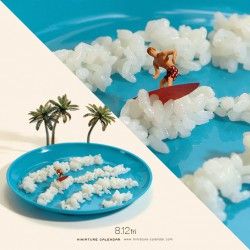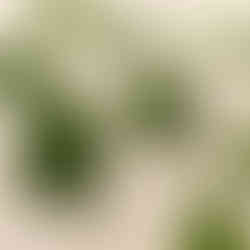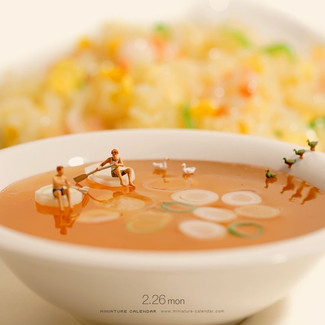#weekendvibes: MINI ME 🧸
- Laura Antoni

- Jun 20, 2020
- 2 min read

“Life is more fun if you play games.”
―Roald Dahl,My Uncle Oswald
Weekend is here and weekend it's for fun. Like we used to play when we were kids.
Active play, says Stuart Brown, a psychiatrist and founder of the National Institute for Play in California, is a timeless state of being essential to humans. It is also a state of mind, an attitude of curiosity and wonder. And neuroscience, Brown argues, is beginning to show how true that is. Play, he says, is what builds complex, skilled, responsive, socially adept and flexible brains, which in turn build complex, skilled, responsive, socially adept and flexible people and societies. Lizards, turtles, rats, birds, primates, most mammals, and even some fish play in their youth, but few animals continue to play into adulthood. Humans do.
Freud, disregarded play as a powerful force. In his 1930 classic Civilization and Its Discontents, he declared that "the communal life of human beings had, therefore, a twofold foundation: the compulsion to work... and the power of love."
As a result, today we often use our leisure time not necessarily to 'play', but in performance of various sorts of creative work expressed in different mediums.
How we play is related, in endless ways, to our core sense of self. Play is an exercise in self-definition; it reveals what we choose to do, not what we have to do. We not only play because we are. We play the way we are. And the ways we could be.
Japanese artist, author and photographer Tatsuya Tanaka shows us the beauty in little things. By combining common objects with an immense library of tiny plastic figurines, Tatsuya uplifts and stuns his audiences with everyday, relatable scenes depicted from a small perspective.
For almost 10 years Tatsuya Tanaka has been seeing life in a different way to so many of us - almost through a looking glass. Bigger doesn't always mean better, as Japanese artist Tatsuya Tanaka proves with these tiny dioramas that he makes for his ongoing Miniature Calendar project.What began as a fun endeavour has taken the world by storm, causing him to create dioramas of daily life in miniature and take photographs of his works - sharing one each day to encourage us “to consider everyday life from a miniature point of view”.
He's been creating them every day since 2011, using everything from slices of bread, earphones, banana skins, and Pringles tins, Tanaka gives life to these everyday objects by reinventing them as props for the little figurines he combines them with. Whether he's using a bottle cap to recreate a restaurant scene or turning green plastic straws into a bamboo forest, the artist knows how to turn even the most unremarkable household item into something truly unexpected.
This artist has a fantastic and fascinating way of looking at our lives and the every day objects in our homes around us. Take a look through the lens of his creative eye.





























































































































































































































































































































Comments